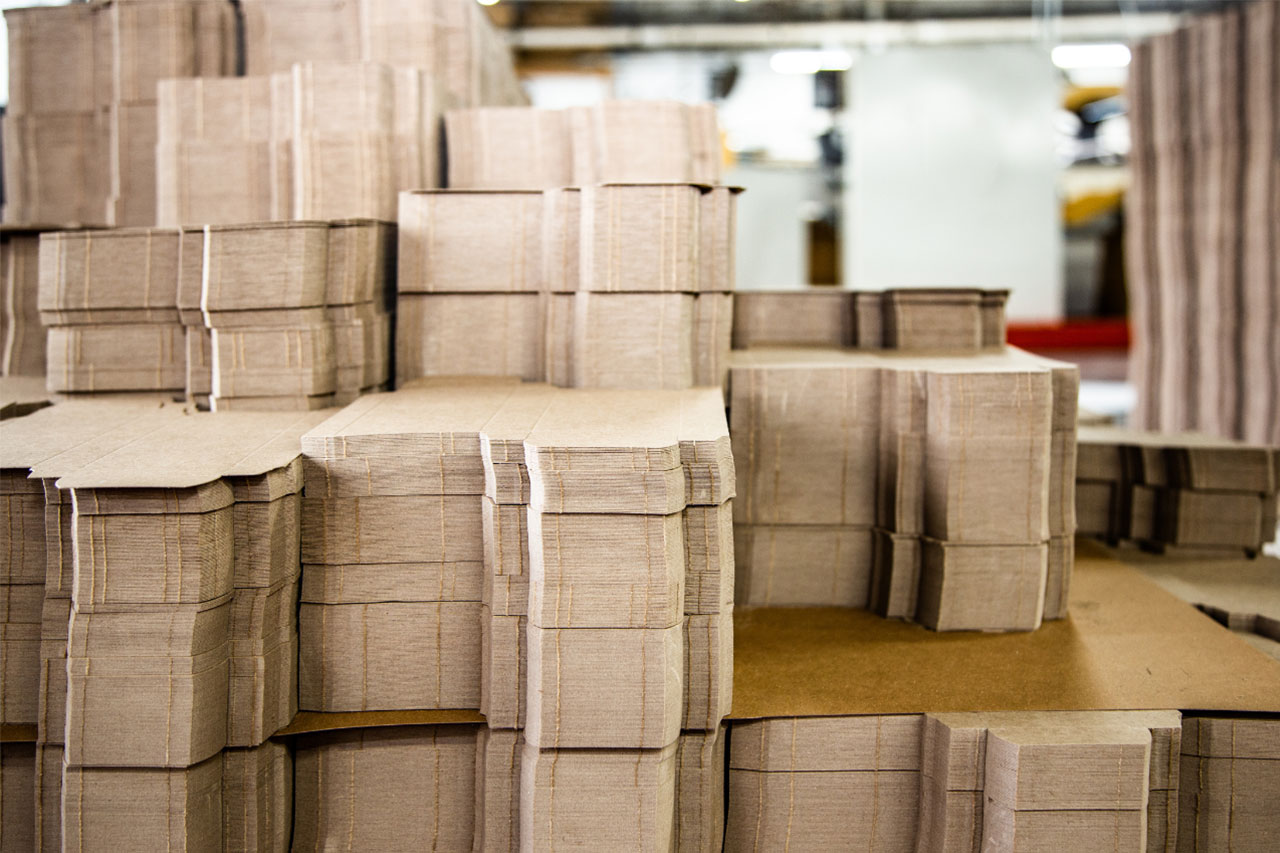Corrugated boxes are an essential packaging solution used across various industries, providing protection and convenience for transporting goods. The choice of paper used in the manufacturing of these boxes plays a crucial role in determining their strength, durability, and overall performance. In this blog post, we will delve into the world of corrugated box paper, exploring the different types, their characteristics, and the factors to consider when selecting the optimal paper for corrugated boxes.
- Understanding Corrugated Box Paper:
Corrugated box paper is a composite material consisting of three layers: the linerboard, the corrugating medium, and another linerboard. The linerboard forms the outer layers, providing strength and stability, while the corrugating medium, also known as fluting, is the wavy layer that gives the box its rigidity and cushioning properties. - Types of Paper Used for Corrugated Boxes:
a) Kraft Paper: Kraft paper is widely used in corrugated box manufacturing due to its exceptional strength and durability. It is made from wood pulp and has high tear resistance, making it suitable for heavy-duty applications.
b) Testliner: Testliner is a recycled paperboard that is commonly used as the linerboard in corrugated boxes. It offers good printing properties and is an environmentally friendly option.
c) White-Top Testliner: White-top testliner is similar to regular testliner but has a white coating on the top surface, providing enhanced printing capabilities and a more attractive appearance.
d) Semi-Chemical Fluting: Semi-chemical fluting is made by partially treating wood chips with chemicals, resulting in a stronger and stiffer fluting material. It is often used in applications that require higher stacking strength.
- Factors to Consider When Choosing Corrugated Box Paper:
a) Strength Requirements: The intended use of the corrugated box determines the required strength. Heavy or fragile items may require a stronger paper with higher burst strength and compression resistance.
b) Printing and Graphics: If the box design includes branding elements or product information, selecting a paper with good printing properties is essential to ensure high-quality graphics.
c) Environmental Considerations: With increasing awareness of sustainability, choosing recycled or eco-friendly paper options can help reduce the environmental impact of corrugated box production.
d) Cost and Availability: Balancing the desired paper quality with cost considerations is crucial. Availability of the chosen paper type should also be taken into account to ensure a consistent supply.
Conclusion:
Selecting the right paper for corrugated boxes is a critical decision that impacts the performance, durability, and overall appeal of the packaging. Understanding the different types of paper available, considering factors such as strength requirements, printing capabilities, environmental considerations, and cost, will enable manufacturers and businesses to make informed choices. By choosing the optimal paper, they can ensure that their corrugated boxes provide reliable protection and meet the diverse needs of various industries.

